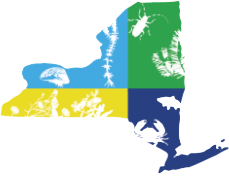Biocontrol Science and Technology
Biological Conservation
Biodiversity and Conservation
Contrasting impacts of highly invasive plant species on flower-visiting insect communities
Biological Invasions
The exponential growth of invasive species denialism
Evaluation of machine learning methods for predicting eradication of aquatic invasive species
Understanding the role of DNA methylation in successful biological invasions: a review
Effects of admixture in native and invasive populations of Lythrum salicaria
Rubbish dumps as invasive plant epicentres
Conservation Biology
Ecology
Long‐term record of Argentine ant invasions reveals enduring ecological impacts
Ecosphere
Drawing a map of invasion biology based on a network of hypotheses
Unsuccessful invaders structure a natural freshwater phytoplankton community
Forest Ecology and Management
Functional Ecology
Can we predict the long‐term impact of earthworms on plant successions?
Journal of Ecology
Acclimation of leaf traits in seasonal light environments: Are non‐native species more plastic?
Nature
Risks associated with glyphosate weedkiller resurface
NeoBiota
The Homogocene: a research prospectus for the study of biotic homogenisation
Oecologia
Plant Biology
Restoration Ecology
Restoring species diversity: assessing capacity in the United States native plant industry
Impact of invasive plant control on soil loss: a case study on Robinson Crusoe Island
Involving society in restoration and conservation
Scientific Reports
A globally-distributed alien invasive species poses risks to United States imperiled species

